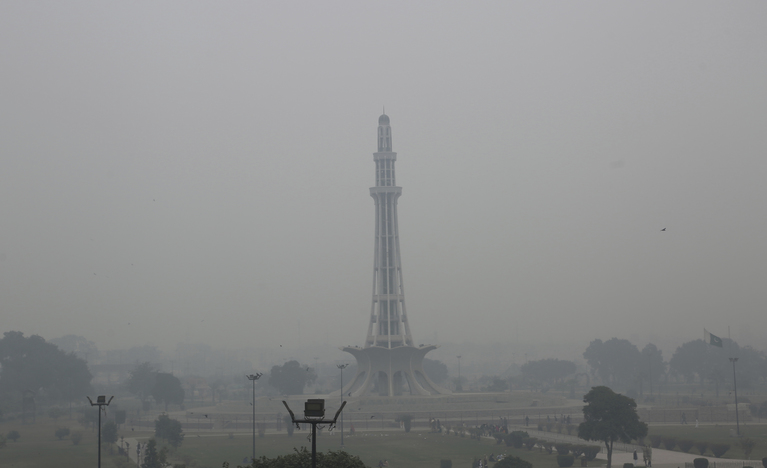Despite intensified efforts by Punjab’s environmental authorities to tackle air pollution, the lack of infrastructure for real-time air quality monitoring in Lahore remains a significant challenge. According to the Environment Protection Department (EPD) of Punjab, there are currently only three official air quality monitors in the city, while private data often shows inconsistencies.
Lahore’s air pollution has reached alarming levels this season, with the Air Quality Index (AQI) spiking to 1,800 over the weekend, making it the most polluted city in the world. Experts emphasize the need for accurate data to effectively combat pollution and smog, but caution that the EPD’s reliance on limited and potentially unreliable data is hindering effective intervention.
The EPD’s AQI data is sourced from three monitors: one at the US Consulate, another at Punjab University, and a third at Town Hall, which is the only monitor owned by the EPD. Compounding the issue, the EPD’s mobile AQI monitoring van is out of order, and data from the department’s in-office monitor is not publicly accessible.
According to a report by Express News, Lahore has 17 AQI monitors, only three of which are government-operated. The remaining 14 are managed by private institutions, many of which are not government-certified or installed according to official protocols, leading to frequent inaccuracies.
Imran Hamid Sheikh, Director-General of Punjab’s Environment Protection Department, acknowledged the problem, stating, “EPD only has three air quality monitors in Lahore, with plans to install five more.” He noted that “most private monitors provide unreliable data, yet some foreign companies use this data on their websites.”
To address these issues, a committee has been formed to evaluate the accuracy and placement of private monitors throughout Lahore.










